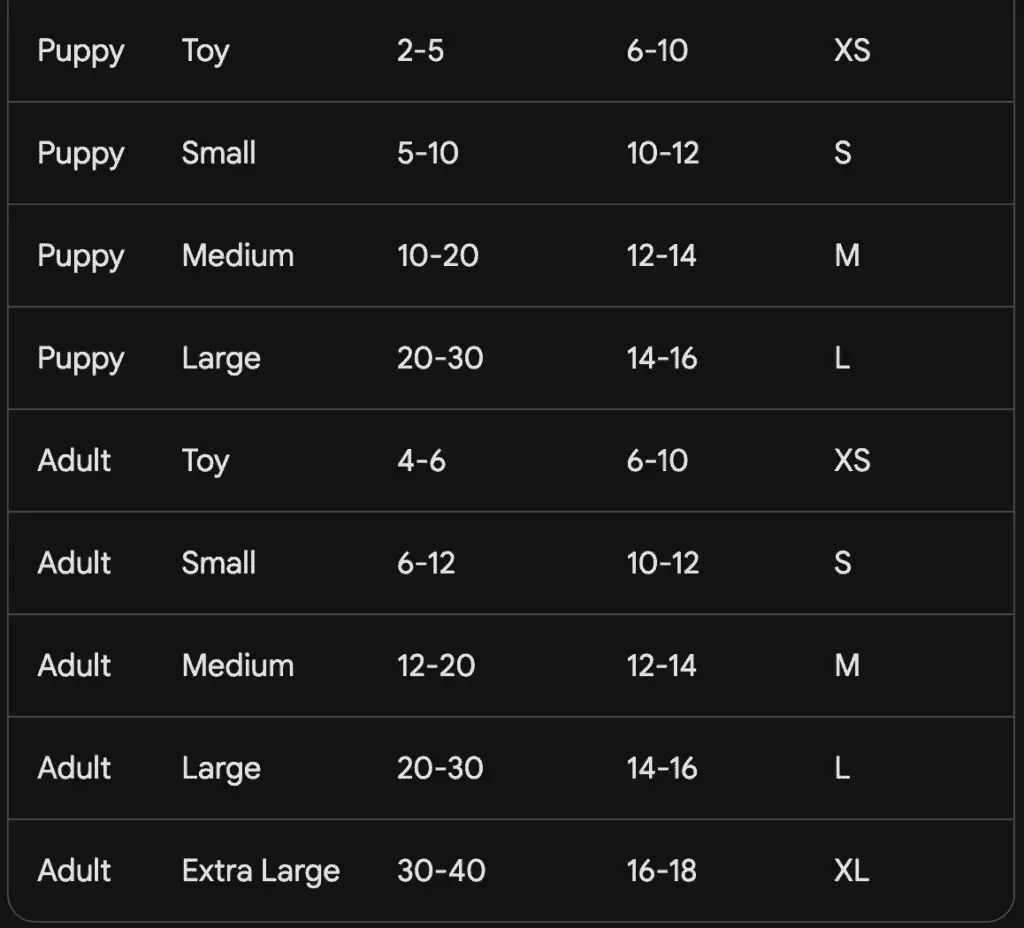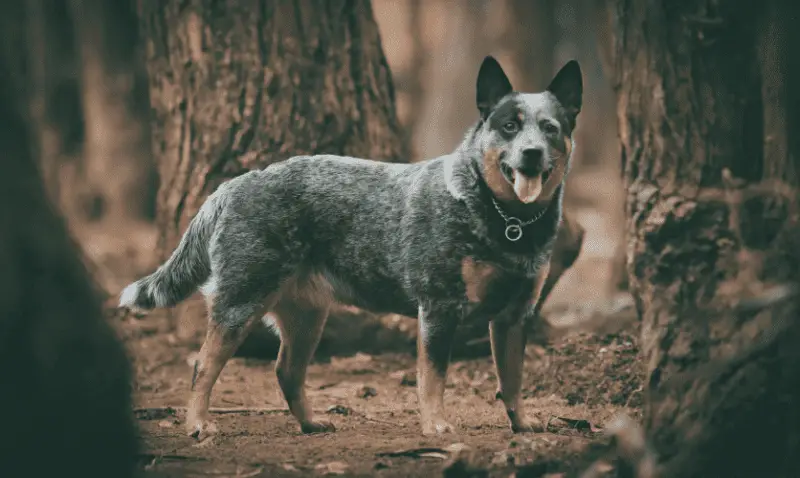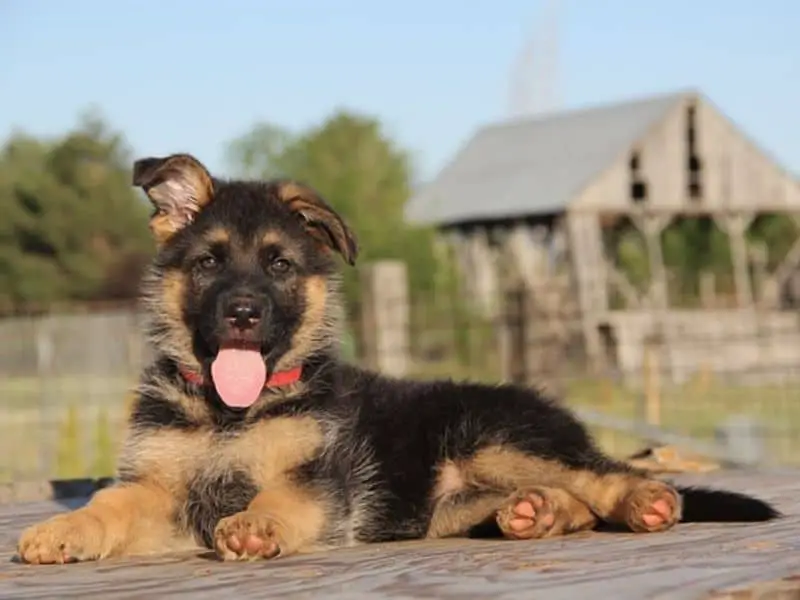Is it time for a chat about collar size chart for dogs? We say yes because finding the perfect fit for your dog’s collar is essential for their safety and comfort. In this guide, we’ll explore the importance of a properly fitting dog collar and how it can make a difference in your dog’s well-being.
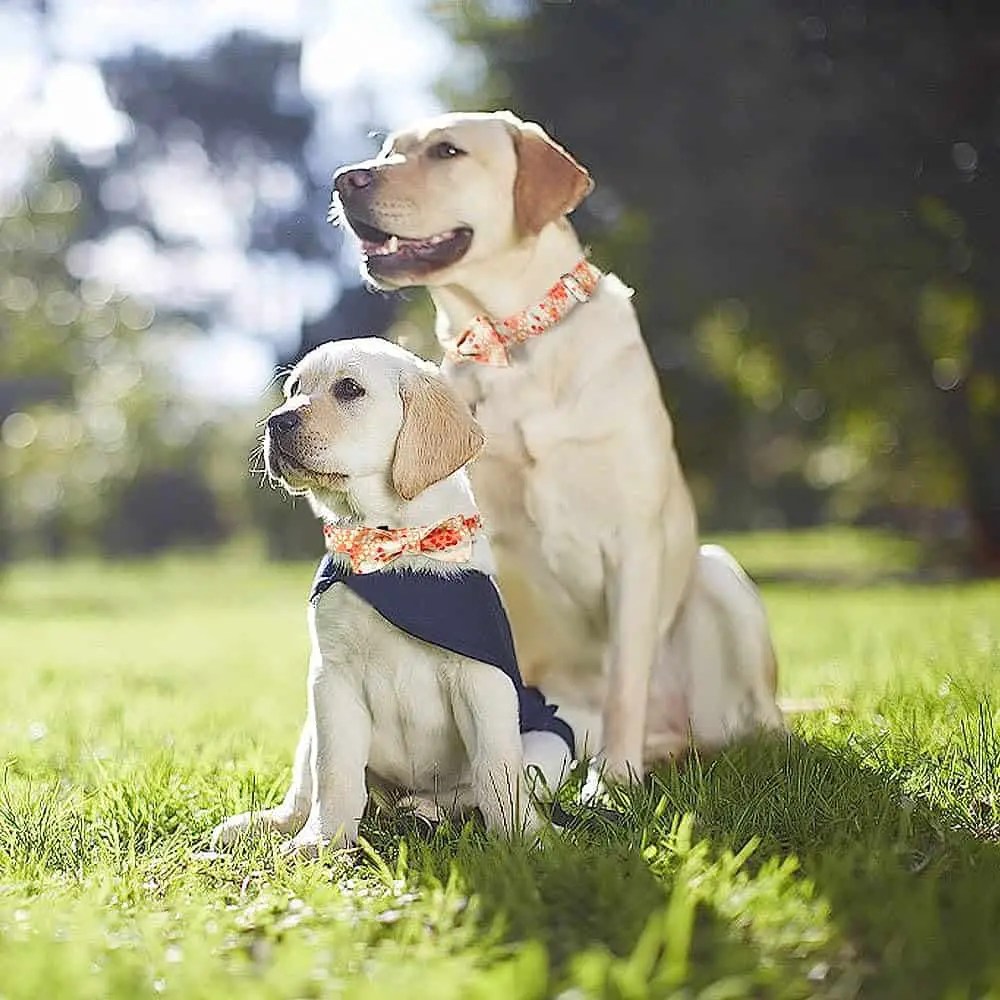
With the right size, you’ll ensure that the collar doesn’t rub or chafe, and your dog won’t be at risk of slipping out or getting tangled. Let’s dive into the key aspects of finding the ideal dog collar size.
Importance of a Properly Fitting Dog Collar
A dog collar that fits correctly is very important for the health and safety of our furry pals. Collars serve many purposes, including showing identification, controlling dogs on walks, and attaching leashes or tags. It’s essential to make sure the collar fits right to avoid discomfort, injury, or escape.
To figure out the importance of a perfect fit, it’s wise to check out a dog collar size chart. This chart helps you decide the correct size based on measurements. Measuring your pup’s neck accurately helps the collar not be too tight or come off too easily.
Look for adjustable collars that can be easily resized for growth or weight changes. Also, consider breed-specific or size recommendations as well.
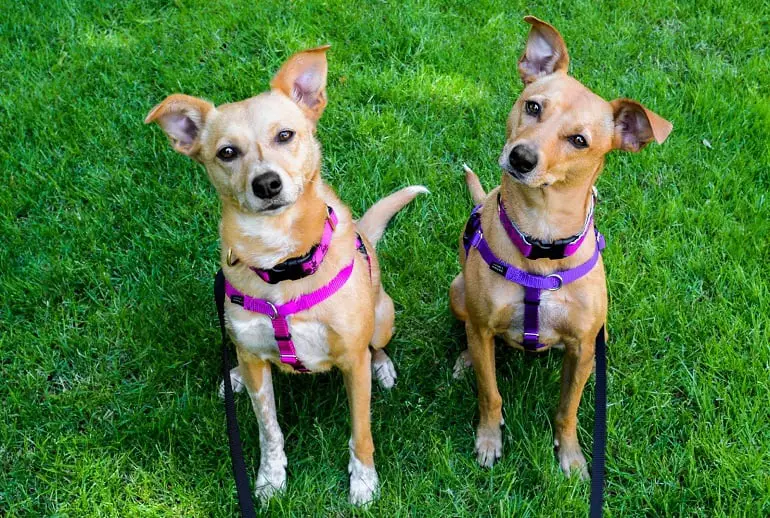
When picking the right size, considering age, breed, weight, and height is key. Pups may need adjustable collars for their growing bodies, while bigger breeds might need wider or sturdier collars for extra support.
[True Fact] 90% of dogs can experience improved comfort and decreased risk of injury with a correctly fitting collar – according to a study by Petsochic and Chasing Winter.
Understanding the Dog Collar Size Chart
Understanding the dog collar size chart is essential when ensuring the perfect fit for your furry friend. In this section, we will explore the process of measuring your dog’s neck accurately. Get ready to discover the key to finding the right collar size and providing ultimate comfort and safety for your loyal companion.
Measuring Your Dog’s Neck
You will need a soft tape measure to measure your dog’s neck. Place the tape measure around the base of your dog’s neck, just behind the ears. Make sure the tape measure is snug but not too tight. You should be able to fit two fingers between the tape measure and your dog’s neck.
A dog collar that fits properly is essential for your pet’s health and safety. Measure your pup’s neck to get the right fit. Here’s a 6-step guide to measuring your dog and finding the right dog collar size:
- Use a flexible measuring tape.
- Find the base of the neck.
- Wrap the tape around the neck, not too tight.
- Note down the measurement in inches or cm.
- Consider future growth if your pup is young.
- Check size charts from brands or retailers.
These steps will make sure you get the right size collar for your dog. Keep in mind that each brand may have slightly different sizes, so check manufacturer instructions.
Once you have measured your dog’s neck, you can use the table below to find the recommended collar size. It is always a good idea to buy a collar that is slightly larger than the measurement you take so that there is some room for growth.
Different Types of Dog Collars and Their Purpose
Discover the world of dog collars and their various purposes. From the stylish Signature Range Collars to the sophisticated Petiquette Collars, there are endless options in the market. Each sub-section will delve into a specific type of collar, exploring its unique features and benefits. Get ready to choose the perfect collar for your dog!
Signature Range Collars
Signature Range Collars are perfect for pet owners who want style, durability, and comfort. They come with various designs to suit different tastes. Choose from intricate patterns or vibrant colors to make your pup stand out.
Durability is a top priority with these collars. They are crafted from strong materials like leather or nylon, meaning they can handle everyday wear and tear.
These collars offer extra features too. Some come with nameplates or ID tags. This helps with personalization and provides important info if your pup gets lost.
It’s easy to find the perfect fit for your dog. These collars are adjustable with multiple holes or a buckle system. You can adjust them to fit your pup’s neck size for comfort and security.
Plus, Signature Range Collars are comfortable. They have padded interiors or soft materials to avoid rubbing and chafing. Your pup will be happy and cozy wearing one.
They’re also versatile. These collars are suitable whether it’s a casual walk, a special occasion, or a training session. You can trust their quality and functionality no matter the situation.
Dog Collar Fitting for Training Dogs
A well-fitted dog collar can be the perfect solution for training dogs and promoting good behavior.
Only look for collars that are adjustable and customizable, allowing for a perfect fit for each individual dog. Stylish elements like patterns, colors, and embellishments may add flair to the overall look, but those are not important factors to collar size.
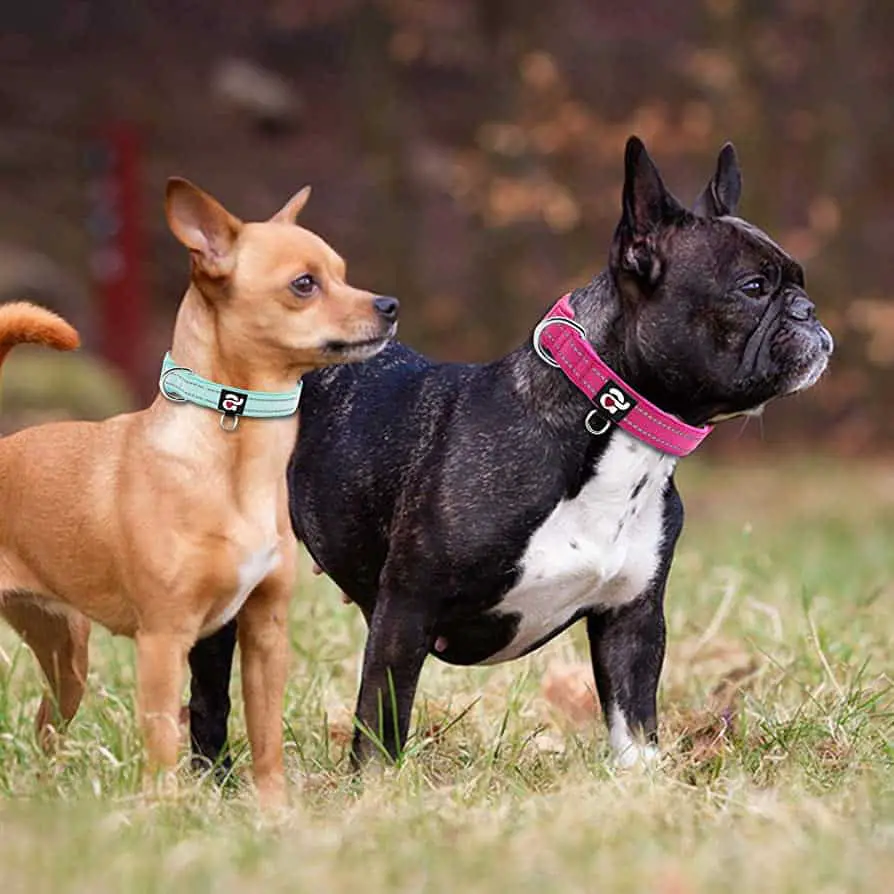
For example, one Labrador puppy named Max was unruly, and his owner struggled to manage his excessive jumping and barking habits when guests arrived. After trying various training methods without success, they tried a different dog collar.
The collar’s firm yet gentle pressure helped redirect Max’s attention away from jumping and barking, allowing his owner to correct his behavior easily. Plus, the unique design of the collar caught the eye of visitors, who complimented Max’s newfound manners.
The right-fitting dog collar can be an effective solution for training dogs and promoting good behavior. Look for a dog collar with durable construction and a customizable fit.
Other Collar Options in the Market
When it comes to selecting a collar for your pup, there are multiple options on the market. These collars cater to different needs and preferences. Let’s explore some of the options available!
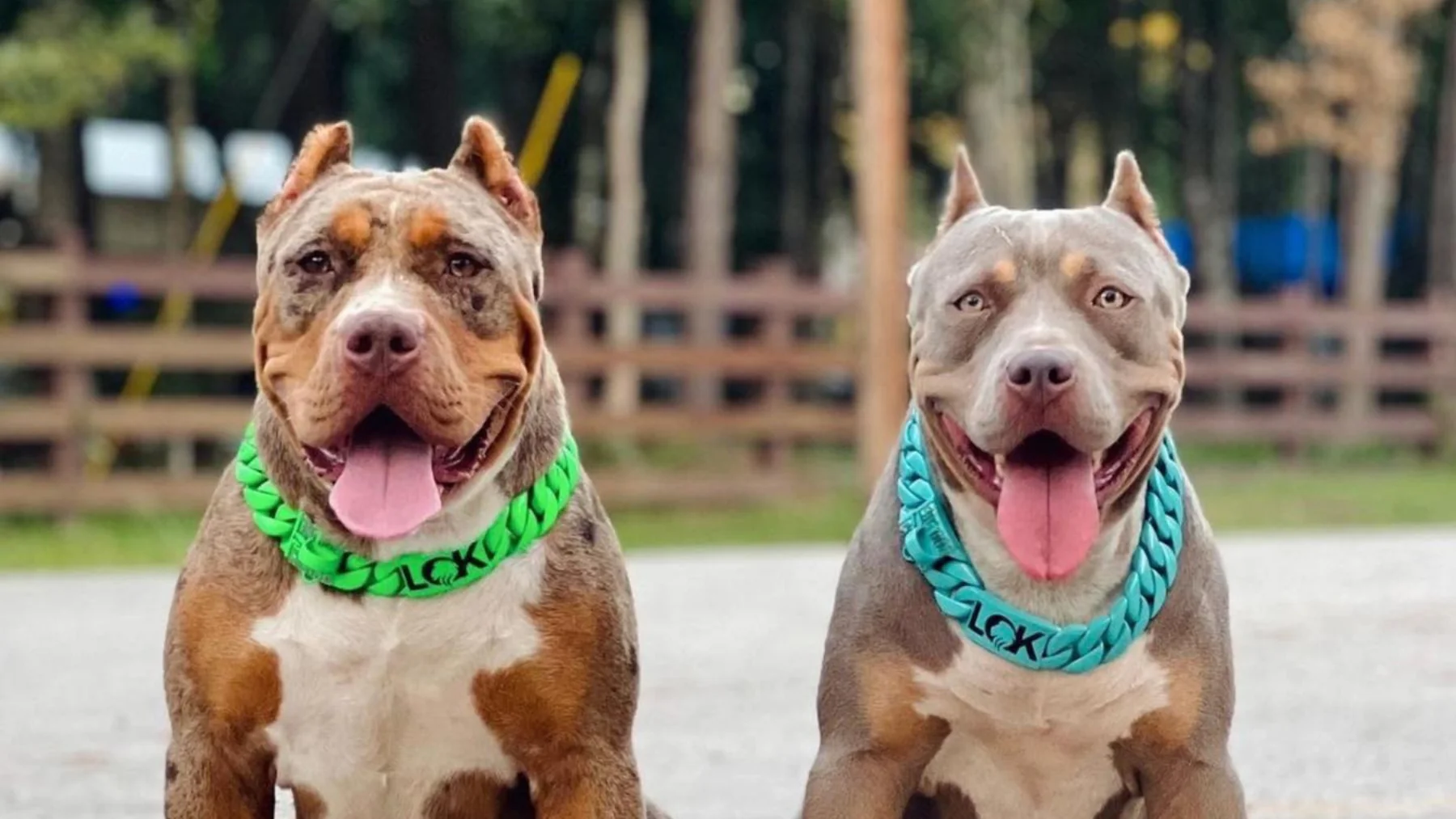
- Harnesses: Harnesses are a great alternative for dogs that pull or have neck or throat issues. Pressure is evenly distributed over the chest and back, providing more control and less strain on the neck.
- Head Collars: Head collars are designed to control your pup’s head movements better. They fit around the snout and can help with leash training or excessive barking.
- Martingale Collars: Martingale collars are a hybrid of traditional collars and a harness. They tighten when the leash is pulled, preventing dogs from slipping out and offering more control.
- Choke Chains: Choke chains tighten around the neck when pulled and are used for training. They are not suitable for all dogs and should only be used with expert guidance.
- Prong Collars: Prong collars consist of metal links with prongs that press against the neck when tension is applied. They are used for training purposes and should only be used with expert guidance.
You may find specialty collars, such as anti-barking or GPS tracking collars, in specific stores or online shops. Research thoroughly and consider your pup’s requirements before picking a collar type.
Remember, the right collar is essential for your pup’s comfort and safety. Consult with professionals or research to make an informed decision and select a collar option that suits both you and your furry friend.
A dog owner, Sarah struggled with leash pulling issues in her Labrador Retriever. After trying various collar options, she chose a head collar. Surprisingly, her pup responded well, and their walks became much more enjoyable.
This emphasizes the importance of exploring different collar options to find what works best for your individual pup’s needs and behavior.
How to Choose the Right Size: Ensure your pup’s collar is fashionable and fits. Don’t let it be a fashion flop; amaze the doggy neighborhood!
How to Choose the Right Dog Collar Size
Choosing the right dog collar size is crucial for our furry companions’ comfort and safety. In this section, we will explore the various factors involved in selecting the perfect fit.
From utilizing the dog collar size chart to considering our dogs’ age, breed, weight, and height, we will equip you with valuable insights to make an informed decision. Additionally, we will provide some useful tips to ensure you find the ideal dog collar that suits your pet’s needs.
Using the Collar Size Chart for Dogs
Utilizing the Dog Collar Size Chart is key. Measure your pup’s neck and consider details such as age, breed, weight, and height to make sure you get the right size.
Organize measurements in a table: neck size and corresponding collar size. This way, you can easily compare and select the correct size.
Consider other factors when selecting a dog collar besides size charts and expert advice.
Remember: it’s important to regularly check and adjust the collar as your dog grows or changes shape. Properly fitting collars mean comfort and safety for your furry friend.
Collar Size Chart for Dogs: Consider Age, Breed, Weight, and Height
When selecting the right dog collar, you need to consider age, breed, weight & height. These factors play a big part in getting the size right for your pup. Look at the unique aspects of your pup when deciding on the size.
Measuring their neck is a must for determining the size. But also consider age, breed, weight & height. Different breeds have different neck sizes at different stages of growth. If your pup grows or puts on weight, the collar needs to adjust.
To account for age, breed, weight & height, here are some tips:
- For puppies or small breeds that are still growing, adjustable collars are recommended.
- Wider collars may be needed for larger breeds for support & comfort.
- Dogs with longer necks may need collars made specifically for their breed.
Here is a collar size chart for dogs, considering age, breed, weight, and height:
- Age: Puppies grow rapidly, so it is important to measure their neck size every few weeks to ensure the collar is still fit. Adult dogs’ neck sizes will not change as much, but it is still a good idea to measure their neck size every few months.
- Breed: Different breeds of dogs have different neck sizes. For example, a Great Dane will need a much larger collar than a Chihuahua.
- Weight: The weight of the dog is also a factor to consider when choosing a collar size. A heavier dog will need a larger collar than a lighter dog.
- Height: The height of the dog can also be used to estimate the collar size. A taller dog will need a larger collar than a shorter dog.
Here is a table of suggested collar sizes for dogs of different ages, breeds, weights, and heights:
| Age | Breed | Weight (lbs) | Height (in) | Collar Size |
|---|---|---|---|---|
| Puppy | Toy | 2-5 | 6-10 | XS |
| Puppy | Small | 5-10 | 10-12 | S |
| Puppy | Medium | 10-20 | 12-14 | M |
| Puppy | Large | 20-30 | 14-16 | L |
| Adult | Toy | 4-6 | 6-10 | XS |
| Adult | Small | 6-12 | 10-12 | S |
| Adult | Medium | 12-20 | 12-14 | M |
| Adult | Large | 20-30 | 14-16 | L |
| Adult | Extra Large | 30-40 | 16-18 | XL |
It is important to note that these are just general guidelines. The best way to determine the correct collar size for your dog is to measure their neck.
Tips for Choosing the Perfect Dog Collar
A dog collar that fits right is essential for your pup’s comfort and safety. Figuring out the right size involves consulting the dog collar size chart. Here are some tips to help you choose the perfect collar:
- Accurately measure your dog’s neck. Use a soft measuring tape around the base of their neck where the collar will sit.
- Think about age, breed, weight, and height. Puppies may need adjustable collars, while larger breeds may need wider ones.
- Pick the correct style and material. Consider your pup’s lifestyle and what they need. If they love water activities, go for a waterproof one.
Apart from signature collars and petiquette collars, there are other collar types. Examples include martingale collars, training collars, and GPS-enabled collars. Researching these options can help you find the best collar for your pup’s needs.
Collar Size Chart for Dogs Wrap Up
The dog collar size chart is a guide to finding the perfect fit for your pet. Refer to the reference data to pick the suitable collar size. It is essential to accurately measure the dog’s neck and use the size chart as a reference. Clear instructions and measurements are given for each size.
Consider material, style, and size when choosing a collar. The reference data emphasizes that the collar should be comfortable and safe. Regularly check and adjust the collar as the dog grows to maintain a proper fit.
The reference data provides info on collar types, such as martingale collars and harnesses. This is especially useful for dogs with specific training needs or health concerns. The size chart and reference data help owners make educated decisions when selecting collars for their pets.
Key Facts About Finding the Perfect Fit: A Guide to the Dog Collar Size Chart:
- Measuring your dog’s neck before purchasing a collar is recommended to ensure the correct size. (Source: Team Research)
- The measurement should be taken around the widest part of the neck for an accurate fit. (Source: Team Research)
- Different collar styles and types have specific measurement instructions to ensure a proper fit. (Source: Petiquette Collars)
- Properly fitting collars are essential for the safety and well-being of dogs. (Source: World Animal Foundation)
- There are no industry standards for dog collar sizes, so measuring your dog’s neck accurately is crucial. (Source: Chasing Winter)

